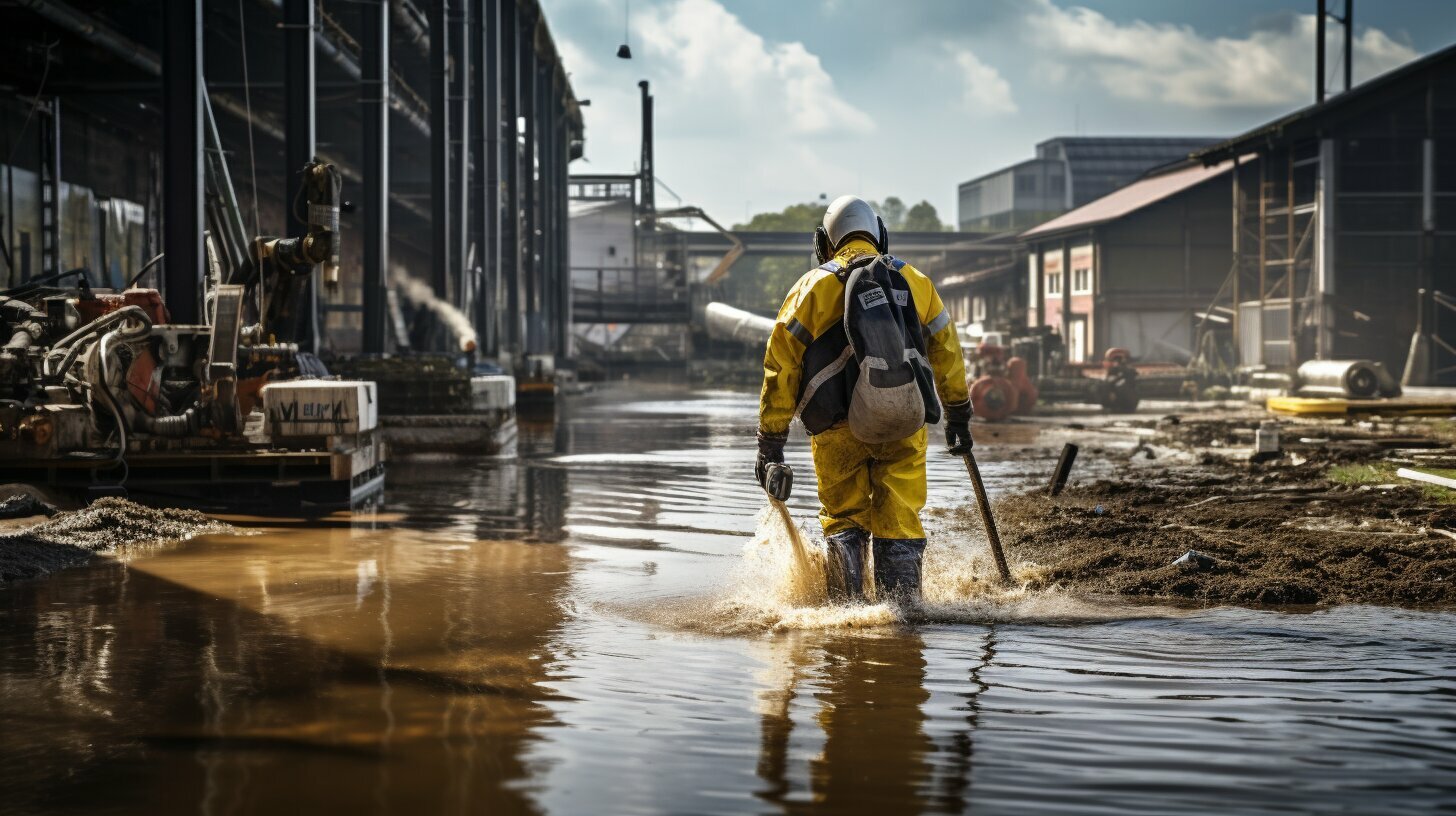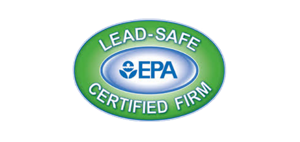When faced with a significant amount of water, knowing how to effectively clean it up is crucial for minimizing damage and preventing further issues. Whether it’s a burst pipe or a flooded home, acting quickly is essential. The first step is to shut off the water supply, followed by turning off the power and gas. It’s advisable to call a professional plumbing service to assess the damage and a clean-up and restoration service to fix any water-related issues.
Wearing proper protective gear, such as goggles and gloves, is important when cleaning up to avoid exposure to mold and mildew. To clear out standing water, you can use a wet-dry vacuum or absorb the water with towels and a mop. It is also vital to dry out susceptible materials like sheetrock and wood to prevent further damage. Damaged possessions need to be evaluated, and some may need to be discarded. Quick treatment of mold growth is crucial, and precautions should be taken, such as wearing a respirator mask and protective gear.
When it comes to removing water from the floor without a pump, you can use a mop and bucket, run fans and a dehumidifier, and use towels to absorb water. Acting swiftly and following these steps can help prevent long-term damage to your home.
Key Takeaways:
- Act quickly to minimize water damage.
- Shut off the water supply, power, and gas.
- Call professional plumbing and clean-up services.
- Wear protective gear when cleaning up to prevent exposure to mold and mildew.
- Clear out standing water with a wet-dry vacuum or towels and a mop.
Water Cleanup Methods and Water Damage Restoration
There are several effective methods for cleaning up water and restoring your space after a significant water event, ensuring that your property is safe and protected from further damage. When faced with a water issue, it is crucial to act quickly and follow these steps to minimize the impact:
- Shut off the water supply: The first step is to stop the source of water. Locate the main water valve and shut it off to prevent further flooding.
- Turn off power and gas: For safety reasons, turn off the electricity and gas supply to avoid potential hazards. If you’re unsure how to do this, contact a professional.
- Assess the damage: Call a professional plumbing service to evaluate the extent of the water damage. They will be able to determine the best course of action for repair and restoration.
- Wear protective gear: Before starting the cleanup process, ensure you are wearing appropriate protective gear. This includes goggles, gloves, and a mask to minimize potential exposure to mold and mildew.
To clear out standing water, you can use a wet-dry vacuum or absorb it with towels and a mop. It’s essential to dry out any materials that are susceptible to water damage, such as sheetrock and wood. Damaged possessions should be evaluated, and some may need to be discarded to prevent further contamination.
Mold growth is a common issue after water damage. It’s important to address it promptly to prevent health risks. If you notice signs of mold, it’s advisable to consult a professional water restoration company. They have the expertise to treat mold effectively and ensure thorough cleanup.
| Water Cleanup Tips: | Water Restoration Professionals: |
|---|---|
| Act quickly to minimize damage | Have the knowledge and experience to handle water damage |
| Call professional plumbing services for evaluation | Can assess and fix the damage |
| Wear protective gear to prevent exposure to mold | Ensure the safe treatment of mold and mildew |
| Clear standing water using a wet-dry vacuum or towels and mop | Use advanced equipment for efficient water extraction |
| Dry out susceptible materials to prevent long-term damage | Offer drying and dehumidification services |
By acting quickly and following these steps, you can minimize the long-term damage caused by water events in your home. Remember, when in doubt, it’s always best to seek the assistance of water restoration professionals who have the expertise to handle water damage effectively.
Conclusion
By promptly taking action, utilizing appropriate techniques, and seeking professional help when needed, you can effectively clean up large amounts of water and minimize the long-term damage to your property.
When faced with a water damage situation, it is crucial to act quickly to prevent further damage. Start by shutting off the water supply to stop the flow of water. Next, turn off the power and gas to ensure safety. It is highly recommended to contact a professional plumbing service to evaluate the damage and address any repairs that are needed.
When cleaning up water, always prioritize your safety by wearing protective gear. Goggles and gloves are essential to prevent exposure to mold and mildew, which can pose health risks. To remove standing water, you can use a wet-dry vacuum or absorb it with towels and a mop. Remember to dry out any materials that are susceptible to water damage, such as sheetrock and wood.
Take the time to evaluate your damaged possessions. Some items may need to be discarded if they are beyond repair. Additionally, it is important to address any mold growth quickly. Use caution when dealing with mold, wearing a respirator mask and protective gear to minimize your exposure.
When it comes to removing water from the floor without a pump, you can use a mop and bucket, run fans and a dehumidifier, and use towels to absorb any remaining moisture. These steps will help to prevent long-term damage and minimize the risk of mold growth in your home.
Remember, for large-scale water cleanup and restoration, it is best to seek the assistance of professional water restoration professionals. They have the expertise and advanced equipment to ensure a thorough and efficient restoration process. Acting quickly and following these steps will help to mitigate the damage caused by water and safeguard your property.
FAQ
How should I clean up large amounts of water?
When cleaning up large amounts of water, it is important to act quickly to minimize damage. First, shut off the water supply. Then, turn off the power and gas. It is recommended to call a professional plumbing service to evaluate the damage and a clean-up and restoration service to fix any water damage.
What protective gear should I wear when cleaning up water?
To prevent exposure to mold and mildew, it is important to wear proper protective gear, such as goggles and gloves, when cleaning up. This will help protect your health and safety.
How can I clear out standing water?
To clear out standing water, you can use a wet-dry vacuum or absorb water with towels and a mop. This will help remove excess water and prevent further damage to your property.
What should I do with water-damaged possessions?
Damaged possessions should be evaluated, and some may need to be thrown away. It is important to assess the extent of the damage and determine if salvage is possible. Dispose of any items that cannot be salvaged properly.
How should I deal with mold growth?
Mold growth should be treated quickly to prevent further damage and potential health risks. Precautions should be taken when dealing with mold, such as wearing a respirator mask and protective gear. It is recommended to call a professional mold remediation service to safely remove and treat the mold.
How can I remove water from the floor without a pump?
If you do not have access to a pump, you can use a mop and bucket to remove water from the floor. Additionally, running fans and a dehumidifier can help speed up the drying process. Use towels to absorb water and wring them out as necessary.









